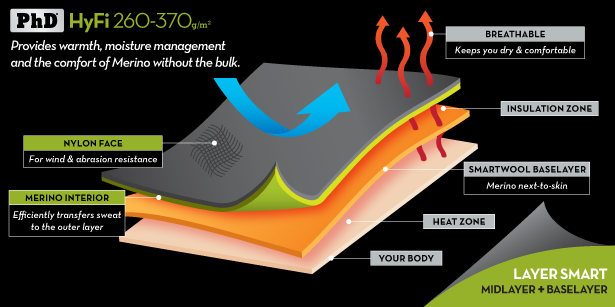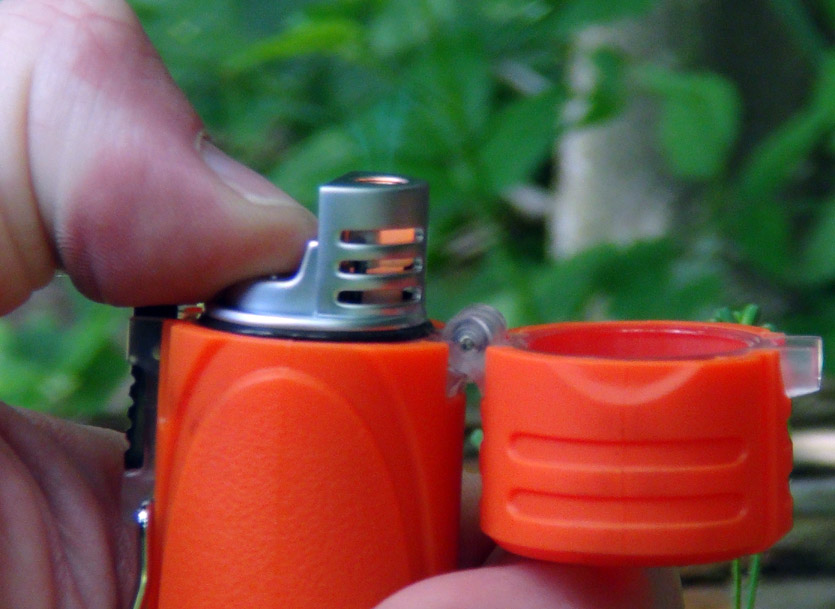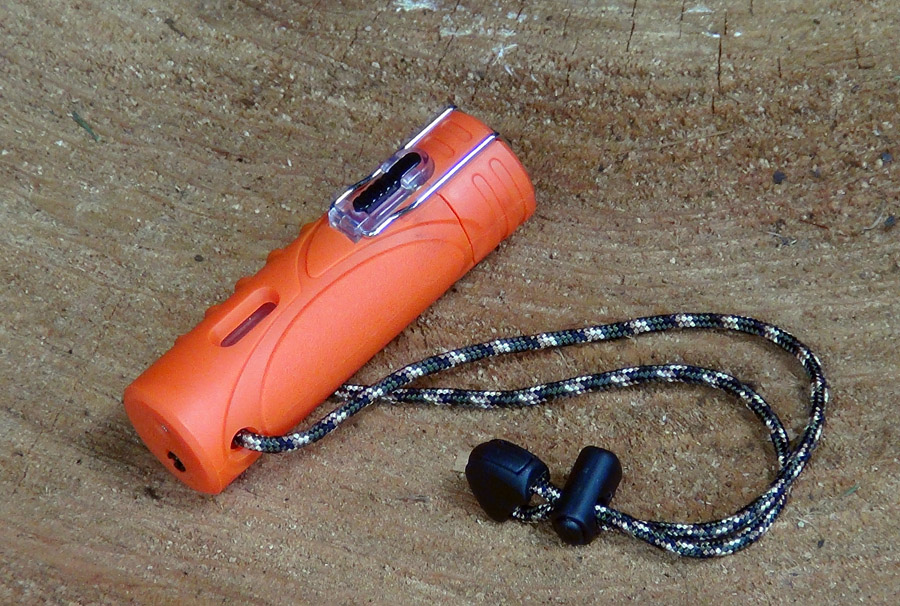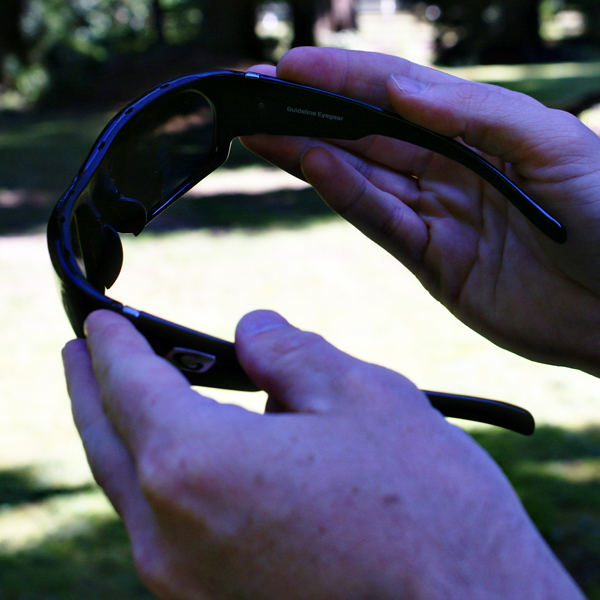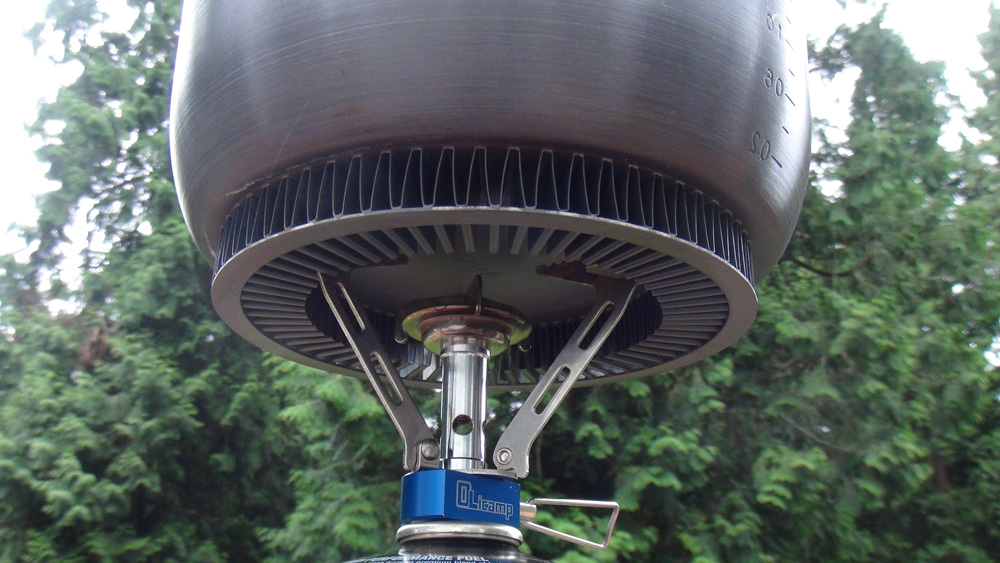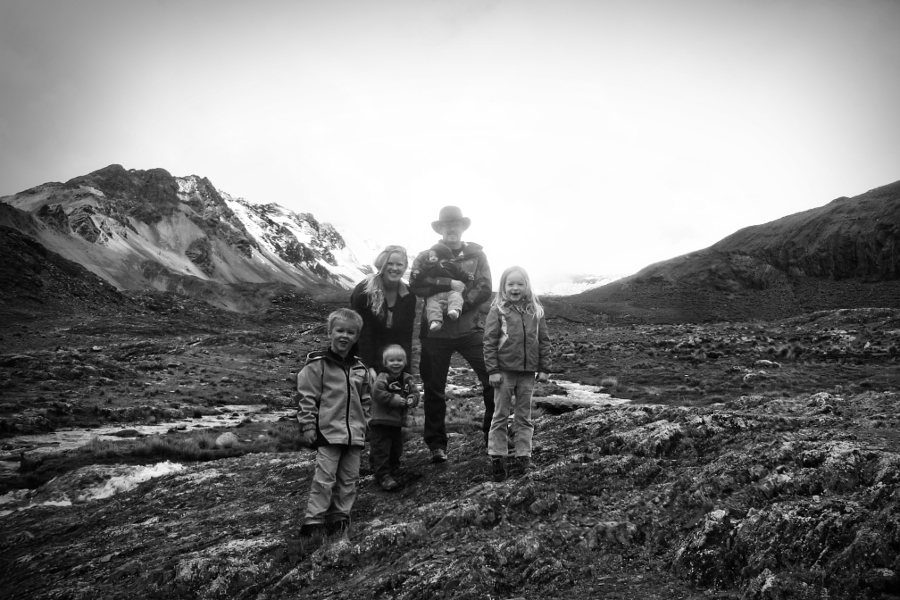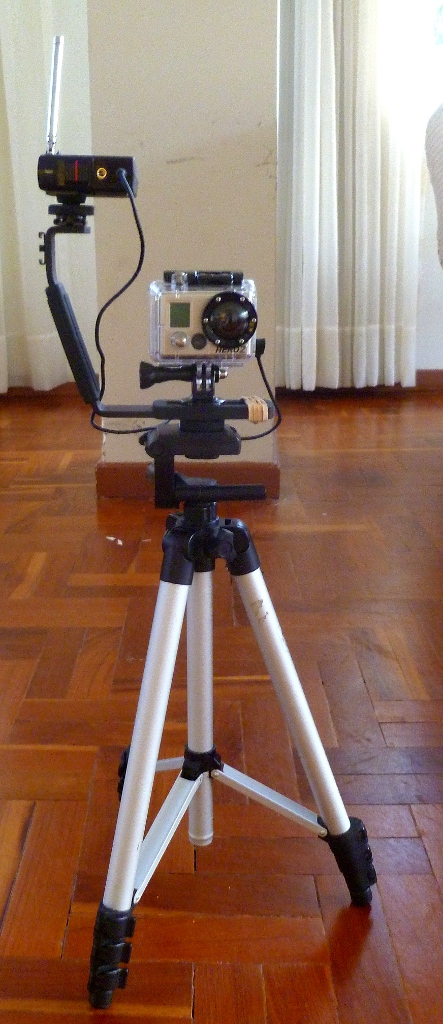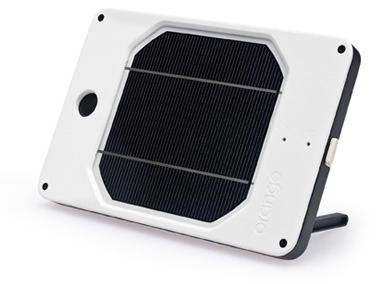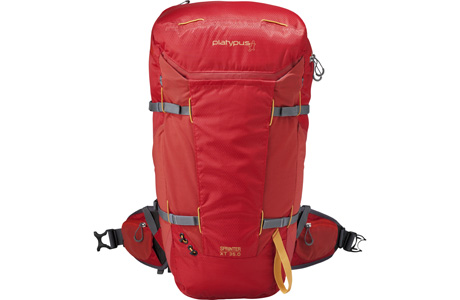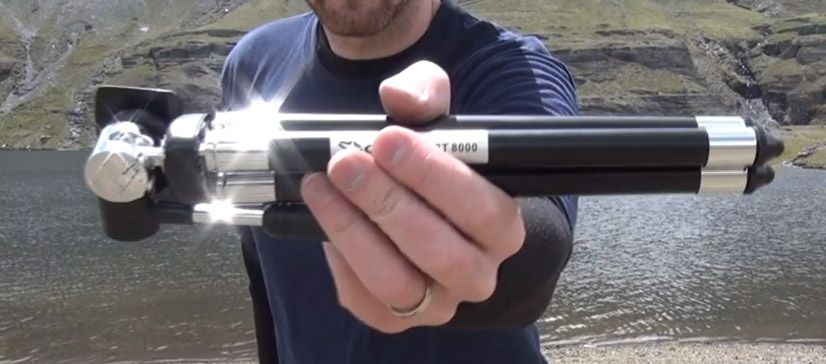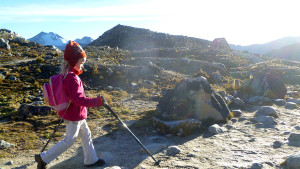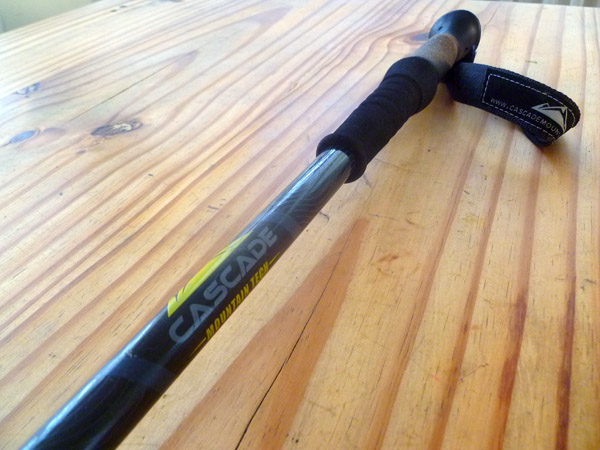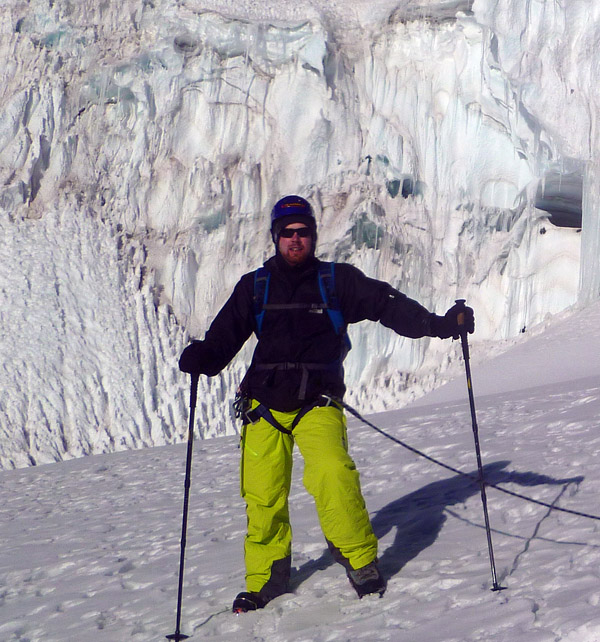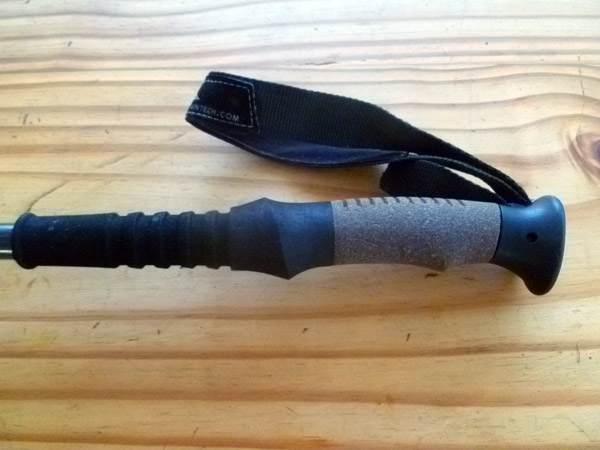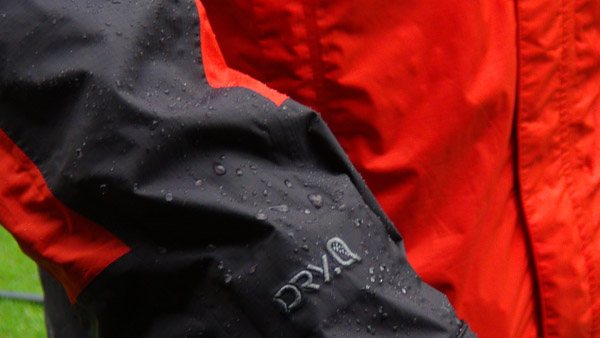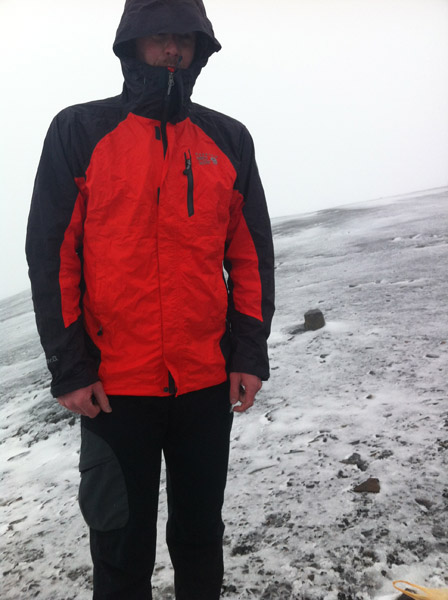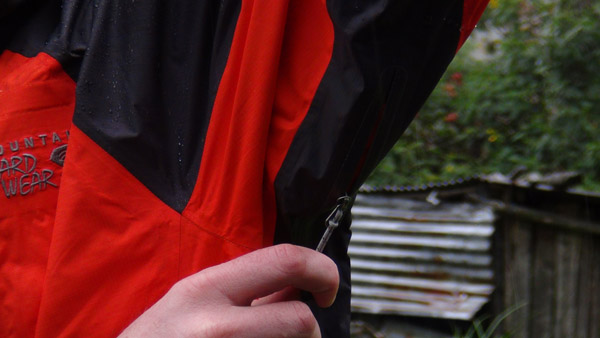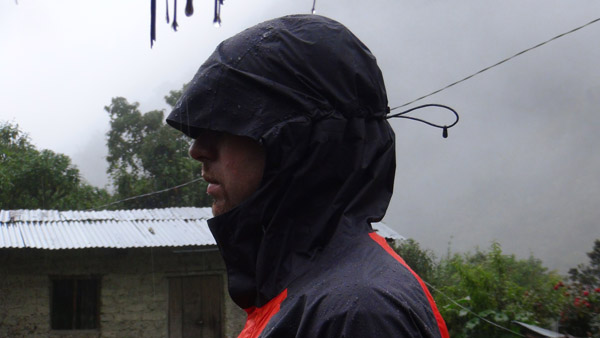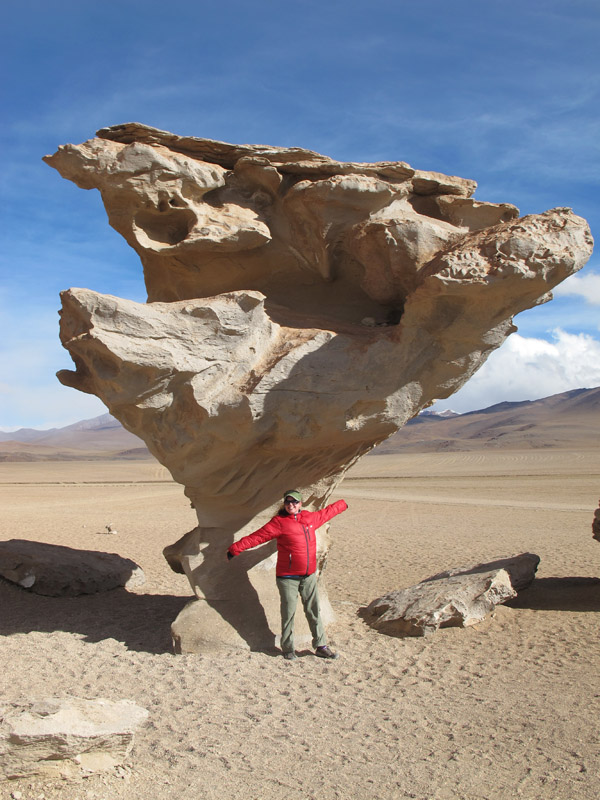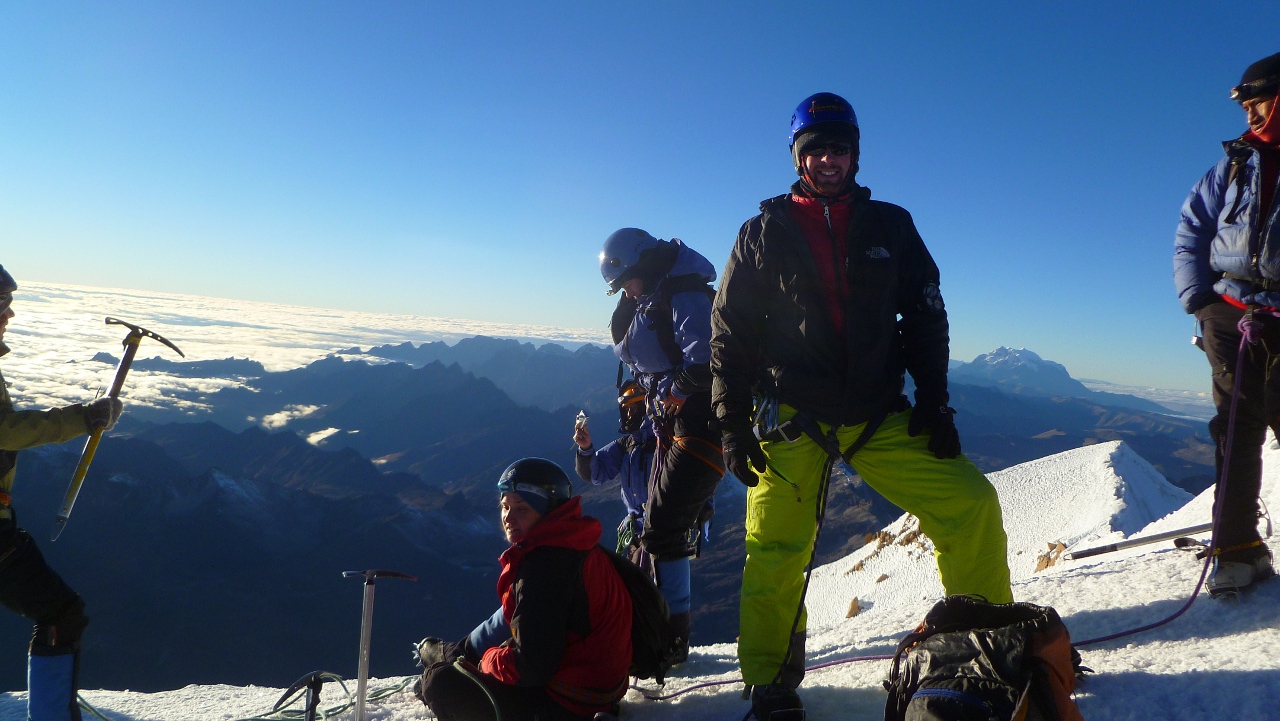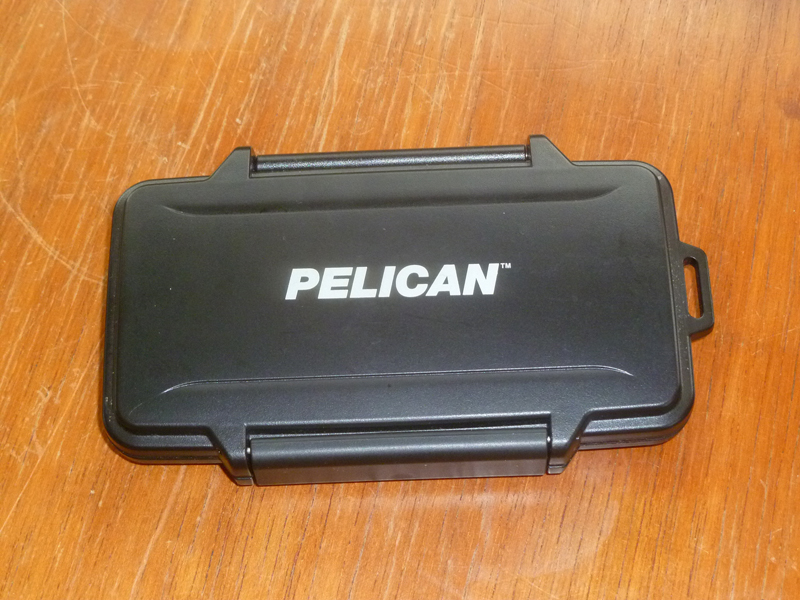If you’re looking for a high-quality Merino wool Midlayer that looks good and keeps you warm, I recommend taking a look at the Full or half zip PHD Hyfi by Smartwool.
Let’s look at the facts first:
- ZQ itch-free merino wool is temperature regulating, moisture wicking and odor resistant
- PHD HyFi merino wool-nylon double jersey knit
- Flatlock seams reduce chafing and provide a low-profile fit
- Offset shoulder seems for comfort
- Camlock zip front with interior flap and zipper garage
- Zip chest pocket with media cord port
- Zip hand pockets
- Articulated elbows for mobility
- Extended cuffs with thumbholes and elastic binding
- Base layer weight: Midweight
- Sleeves: Long sleeves
- Closure: Zipper
- Length: 27″ (based on size large)
- Weight: 1 lb. 6 oz.
- Fabric: 64% merino wool, 36% nylon
- MRSP: $200 (but much less at the Sierra Trading Post)
The PHD Hyfi is not a 100% Merino garment. It has a merino wool liner and a Polyester outer. There theory (see diagram below) is that the nylon outer will protect the merino and block wind while the Merino interior will keep you warm and odor and moisture free. It also gives the Hyfi a really nice cut and fit. 100% Merino doesn’t look as tidy and professional as this jacket, although something 100% merino will do a better job with breathability and odor.
This jacket has just the right number of pockets. It has 3 external zip pockets and 2 internal ones. To help with breathability, all pockets are made of mesh. The downside of this is that the internal pockets sag a bit and one has to be careful with keys and sharp objects to ensure you don’t snag and damage them. A nice feature is that they include an internatl ear phone access to the external chest pocket for your mp3 player.
The collar and cut of the jacket are perfect. The collar is just high enough to keep your neck warm and the length is the perfect length to allow you to raise your arms and not get your belly-button blasted by a cool breeze. It’s an athletic cut too so there’s no bulk, but at hte same time, no restriction in movement.
Smartwool added thumb holes to the sleeves to keep your wrists warm while wearing gloves. A great choice. They almost disappear when not in use too so that’s another plus!
All in all, this is a solid jacket. The price is high, but the styling makes it perfect for formal and informal wear off the trail when you’re not battling the elements in the outdoors.
The Sierra Trading Post gave me this jacket, asking for an honest review. In return they’ve offered the following 25% off discount on all Smartwool gear at the Sierra Trading Post. Just use this link: http://stp.me/SmartwoolReview
 The Outdoor Adventure Giving you tips, tricks & recommendations to help make adventuring in the Outdoors fun, safe & exciting for you and your kids.
The Outdoor Adventure Giving you tips, tricks & recommendations to help make adventuring in the Outdoors fun, safe & exciting for you and your kids.
